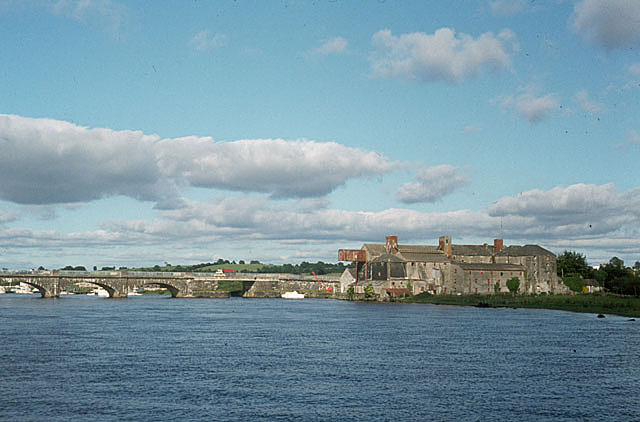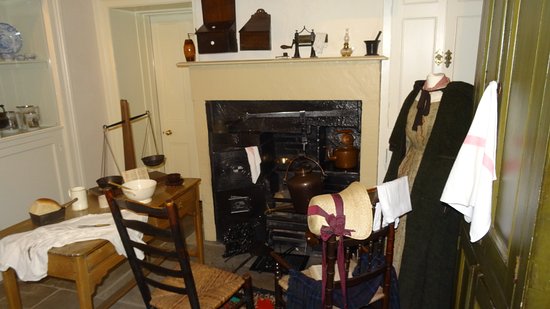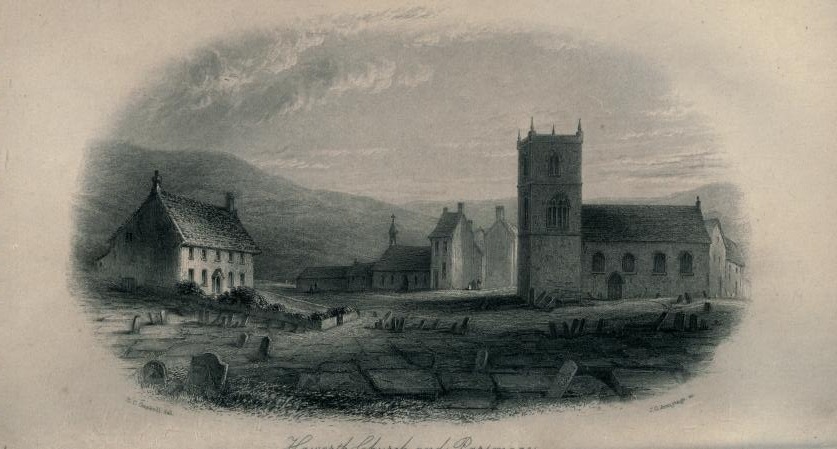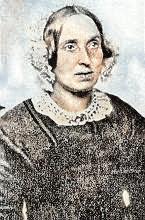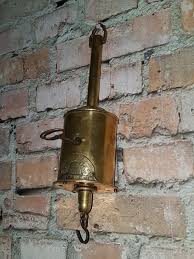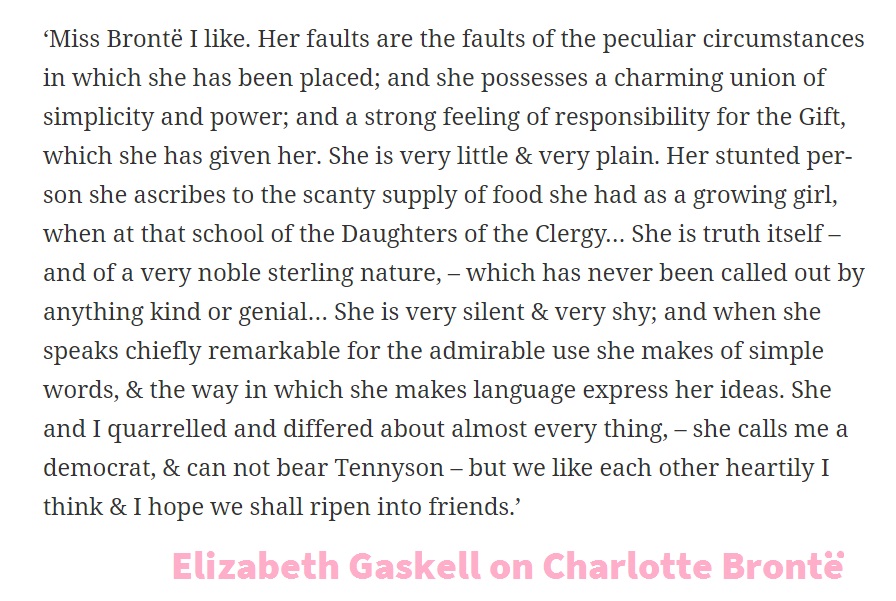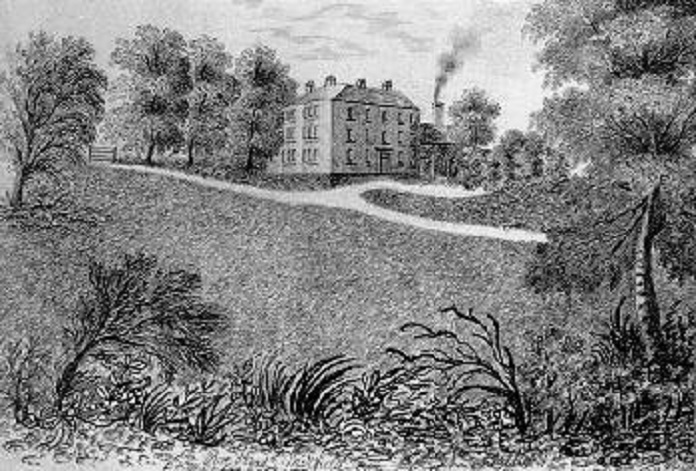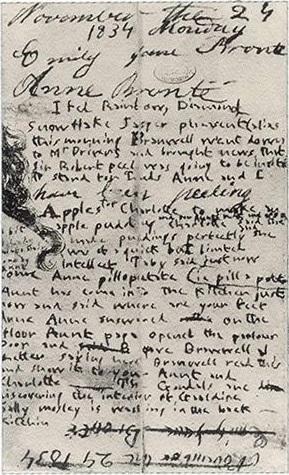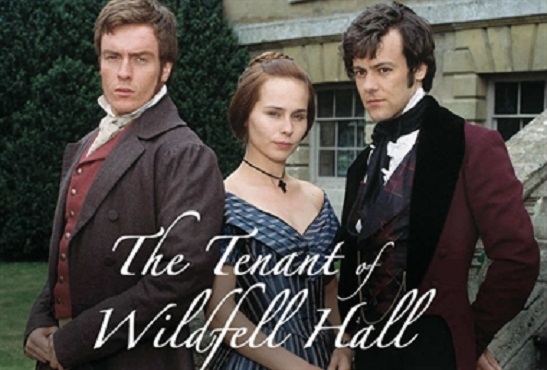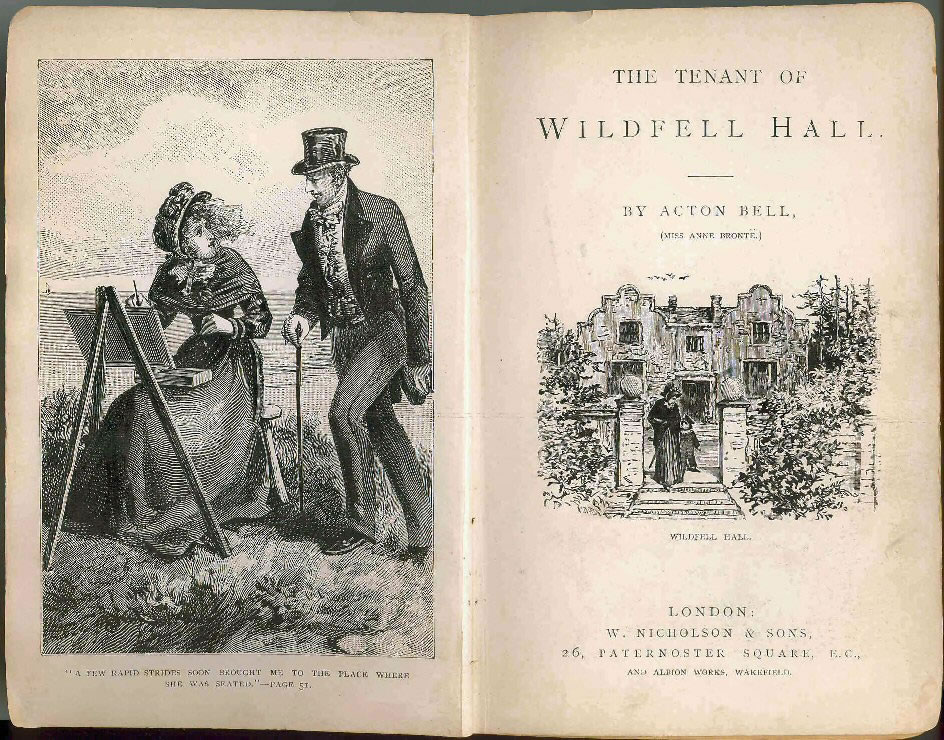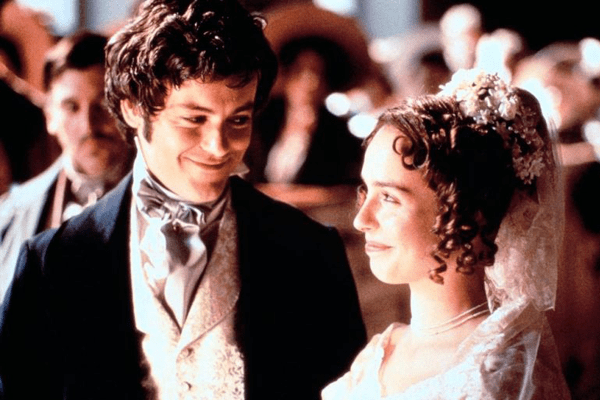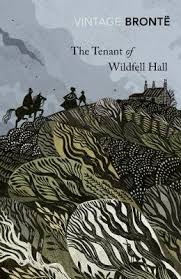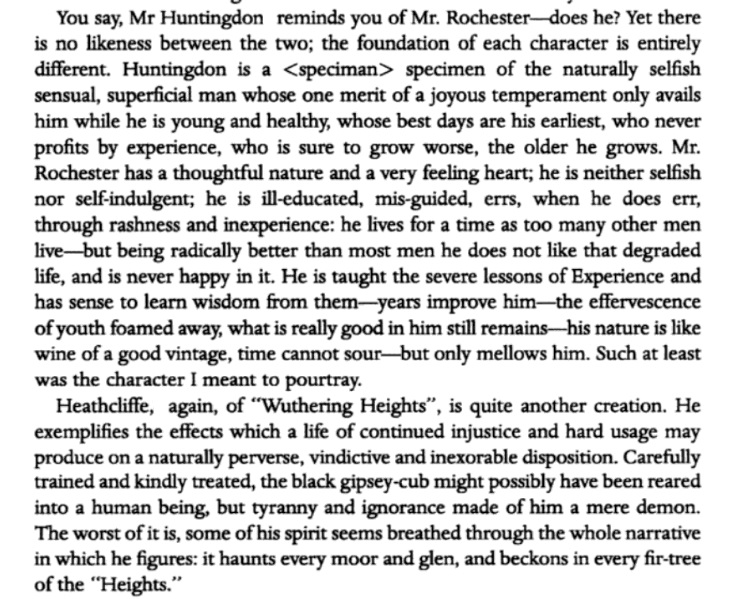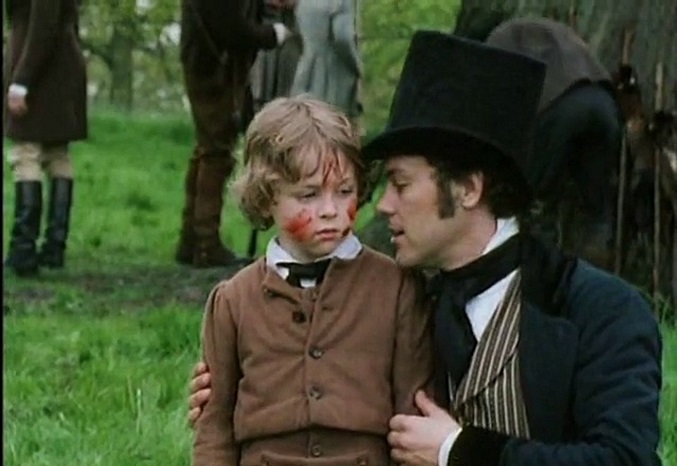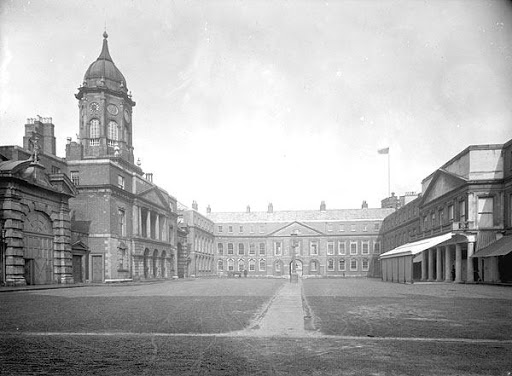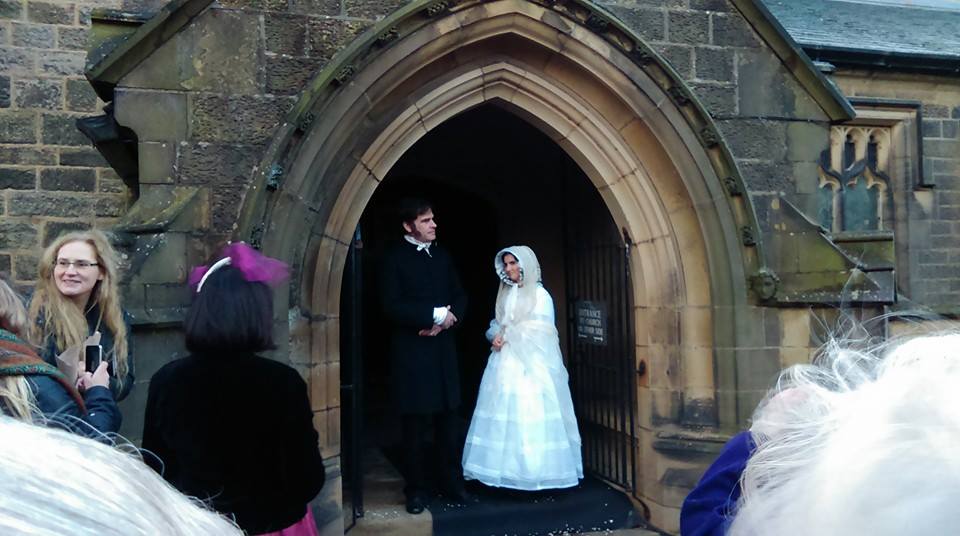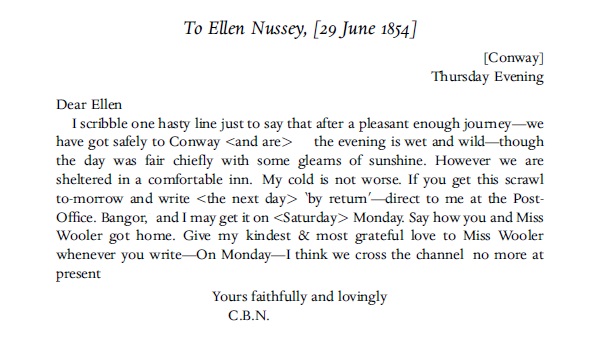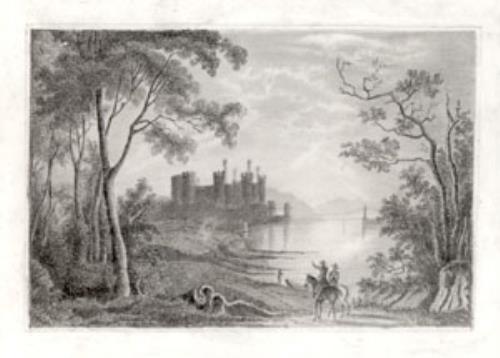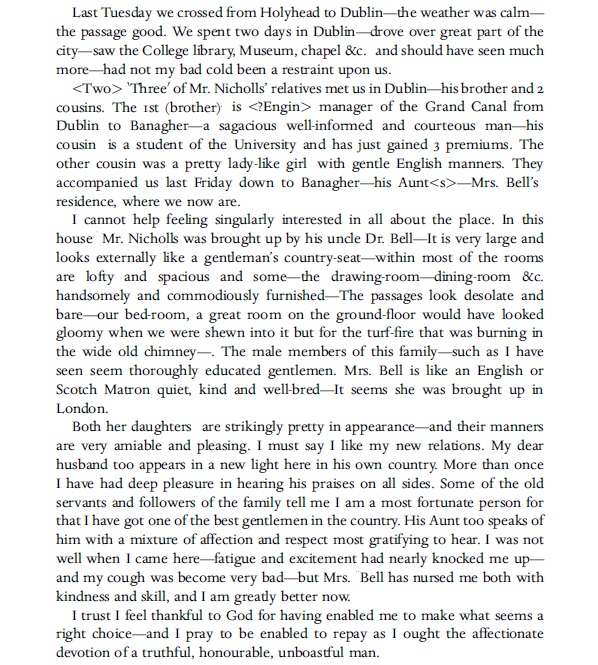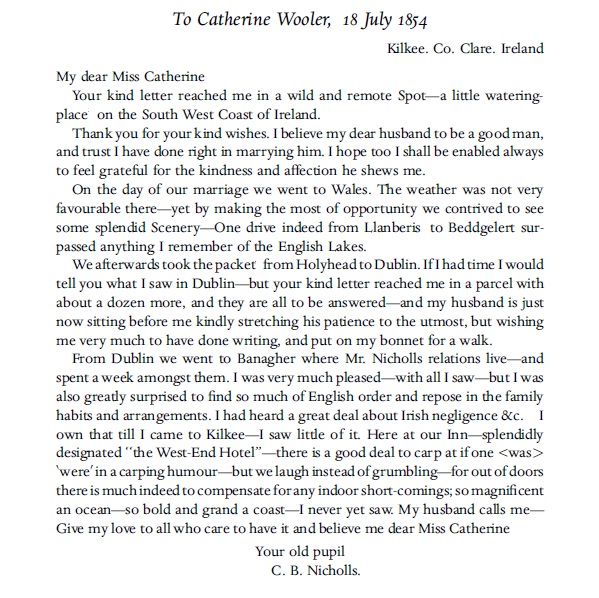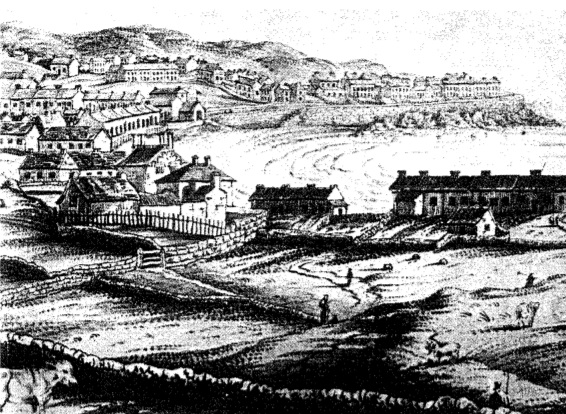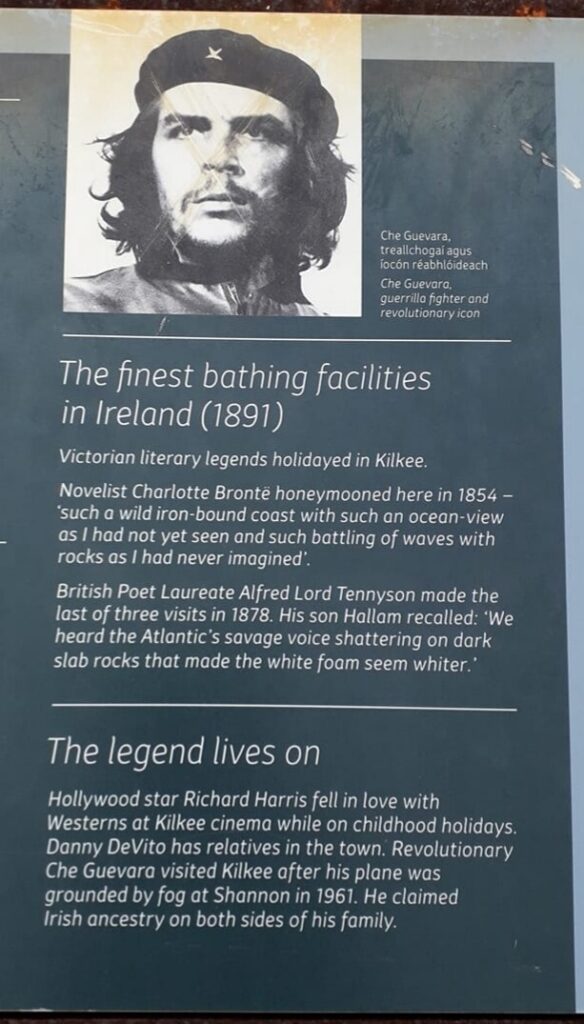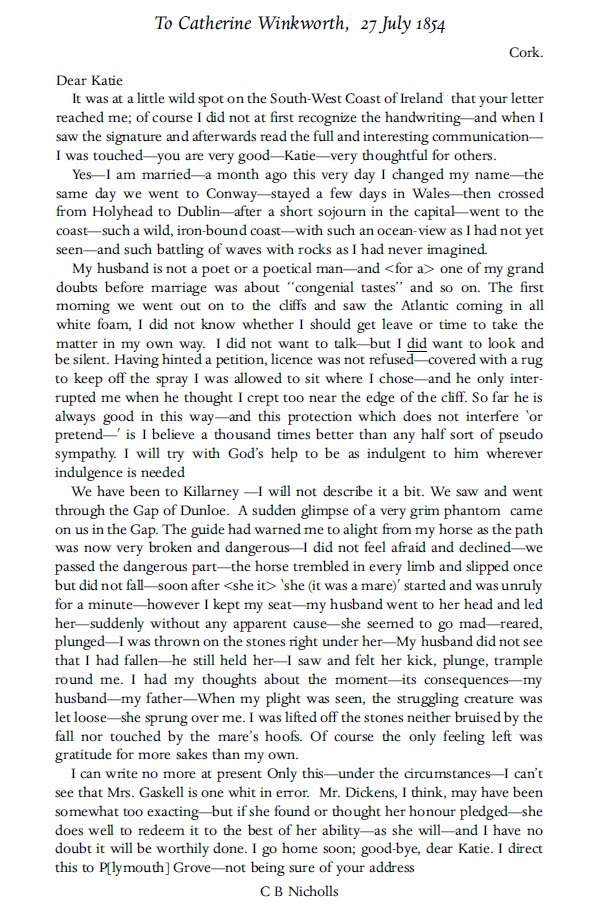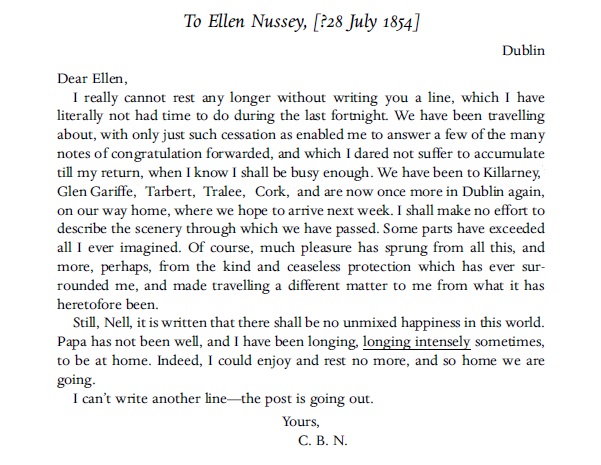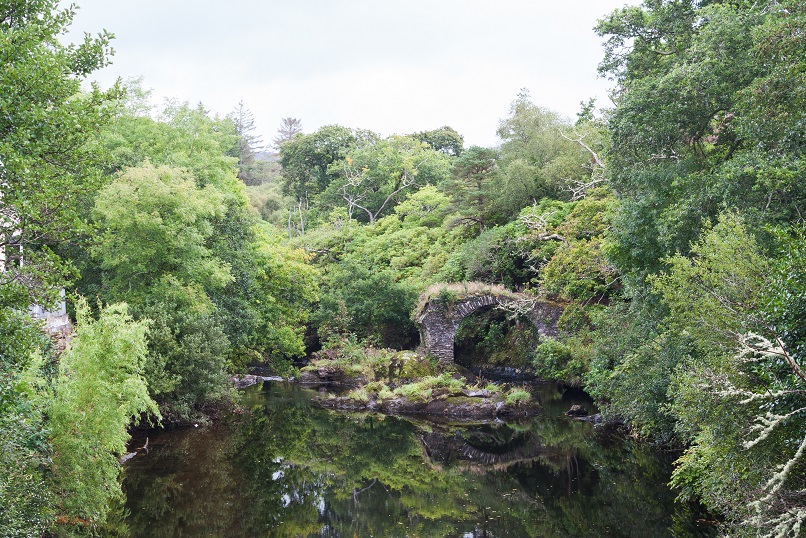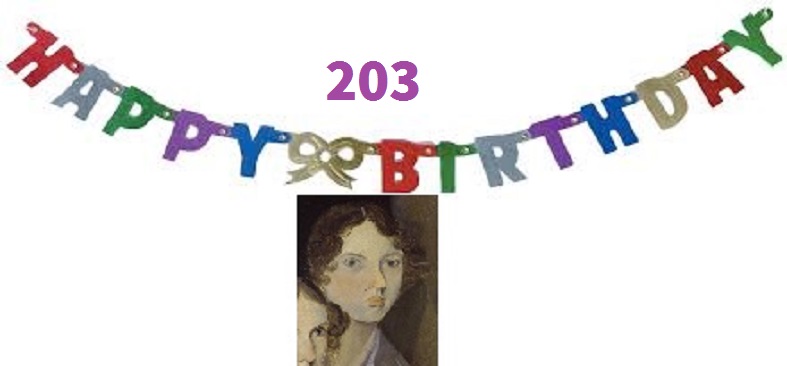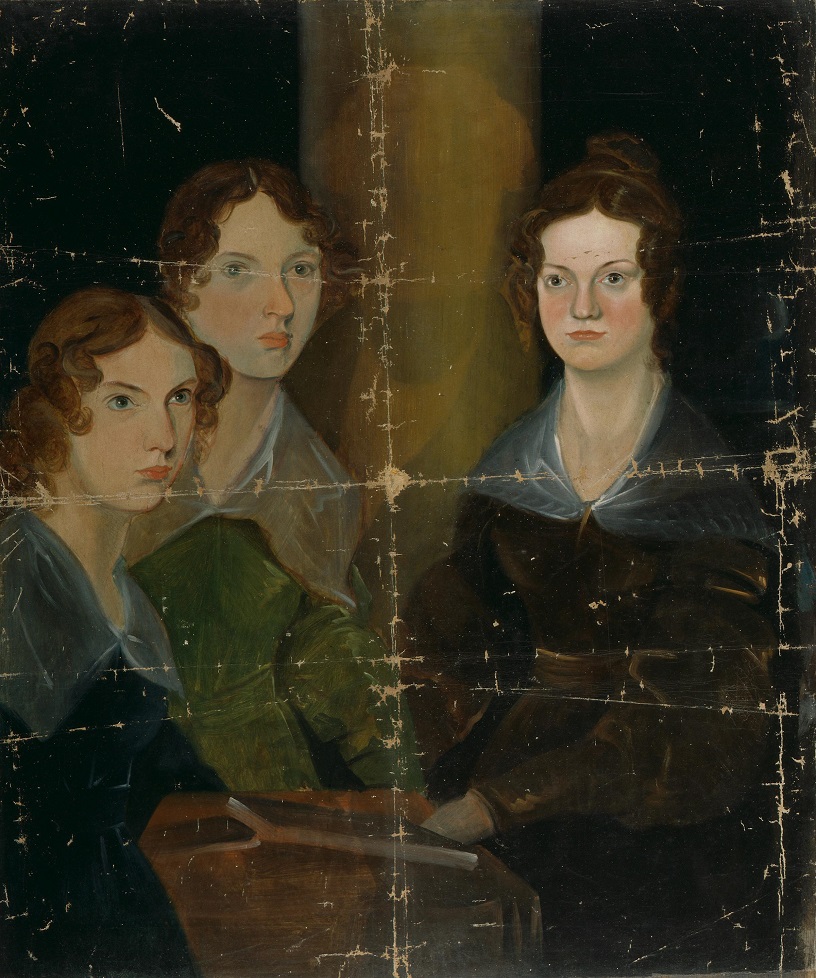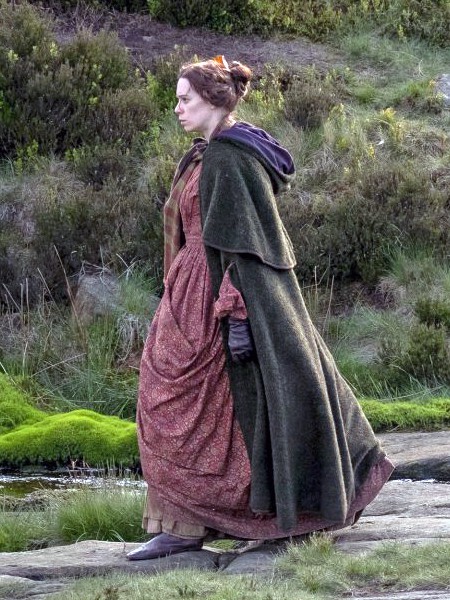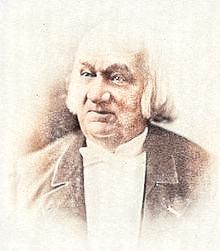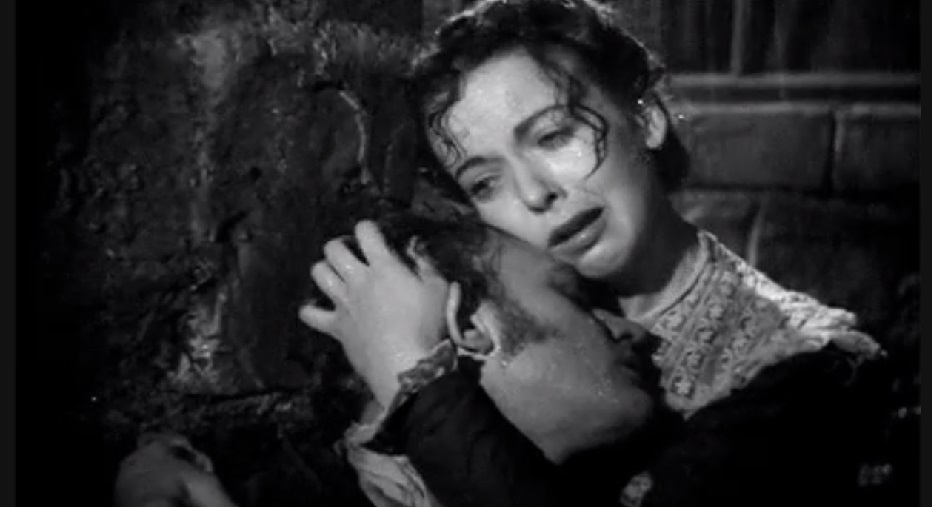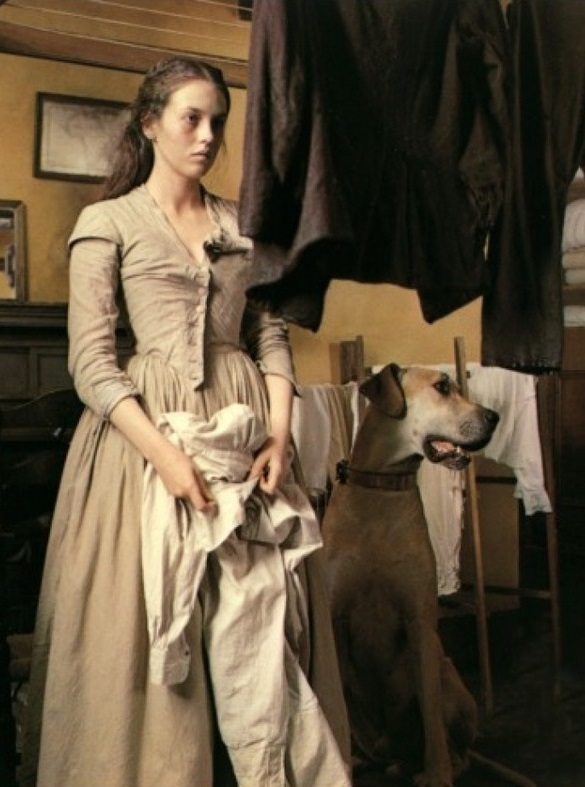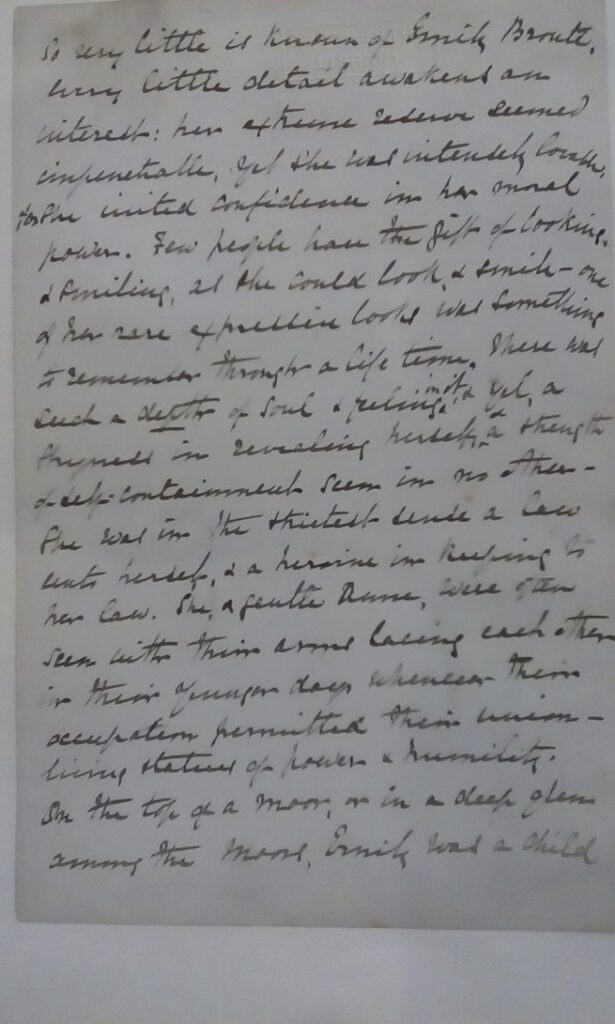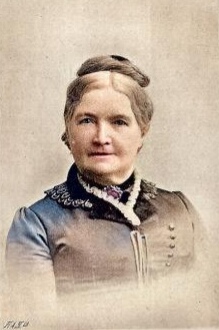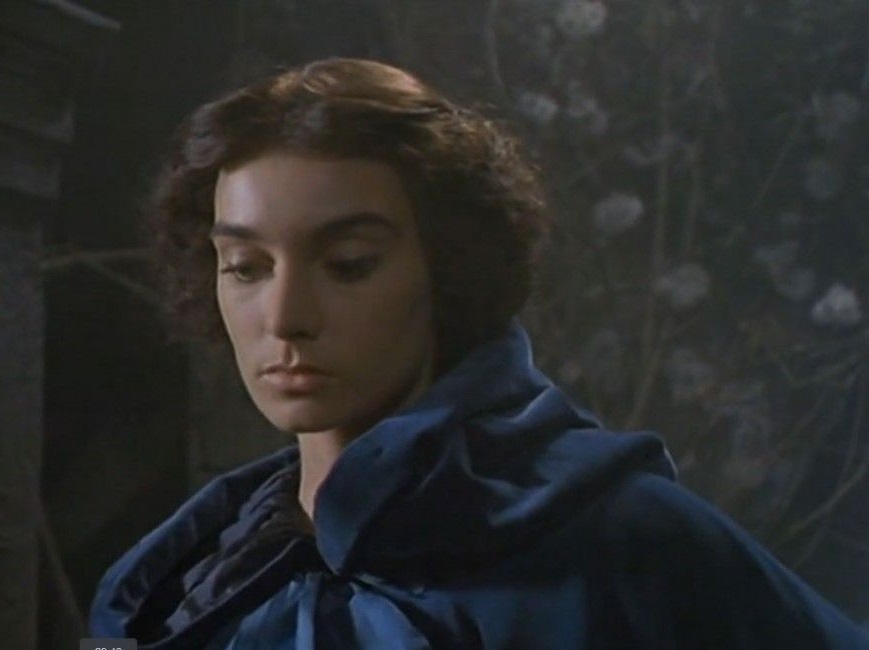We looked recently at the honeymoon of Charlotte Brontë and Arthur Bell Nicholls. Charlotte met her husband’s relatives in Ireland, and she was certainly impressed by them, but what did they think of her? That’s just what we’ll examine in today’s post, and we’ll also take a look at fascinating interviews with two of Charlotte’s Irish relatives, as well as encountering a terrible murder.
Firstly, let’s recall what Charlotte said of her new in-laws after meeting them in August 1854: ‘Three of Mr. Nicholls’ relatives met us in Dublin – his brother and 2 cousins. The 1st is manager of the Grand Canal from Dublin to Banagher – a sagacious well-informed and courteous man – his cousin is a student of the University and has just gained 3 premiums. The other cousin was a pretty lady-like girl with gentle English manners. They accompanied us last Friday down to Banagher – his Aunt’s – Mrs. Bell’s residence, where we are now… In this house Mr. Nicholls was brought up by his uncle Dr. Bell… The male members of this family – such as I have seen seem thoroughly educated gentlemen. Mrs. Bell is like an English or Scottish matron quiet, kind and well-bred – it seems she was brought up in London. Both her daughters are strikingly pretty in appearance – and their manners are very amiable and pleasing. I must say I like my new relations.’
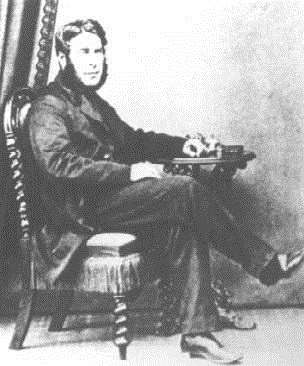
Charlotte Brontë was never one to give praise lightly, and her expressed opinions were always honest and heartfelt, so this was high praise indeed. Was this praise reciprocated by her in-laws? I say in-laws because although Charlotte had met his brother Allen Nicholls the cousins were also like siblings to him; Arthur became an orphan at the age of seven in 1826, at which point he was adopted by his uncle the Rev. Dr. Allen Clerk Bell, elder brother of Arthur’s late mother Margaret. He was raised at their large residence of Cuba House, Banagher where he was placed on equal terms with the five children of Dr. Bell and his wife Harriette. In effect his cousins became like his brothers and sisters, including Mary Anna, 11 years his junior, whose prettiness and manners Charlotte had remarked upon.
Charlotte was delighted to discover that she had been completely wrong about Arthur’s background; in fact, he was from a family substantially more wealthy and elevated than the Brontës. The Rev. Dr. Bell had been headmaster of the prestigious Endowed School of Banagher, and he owned property in the area; as well as the grand Hill House that Arthur later lived in, Dr. Bell also owned the even larger Cuba House. He was also the founder of the local militia corps known as the Royal Banagher Fencibles. One of Dr. Bell’s sons, Joseph, followed in his footsteps as vicar of Banagher and another son, James, was also ordained and became head of the Banagher school. Dr. Bell and Harriette gave Arthur all he needed during his childhood and adolescence, and it was they who sent Arthur to Trinity College, Dublin and set him on the path to the curacy; it was surely in gratitude to his adoptive family that Arthur continually used their surname alongside his own, becoming Bell Nicholls.
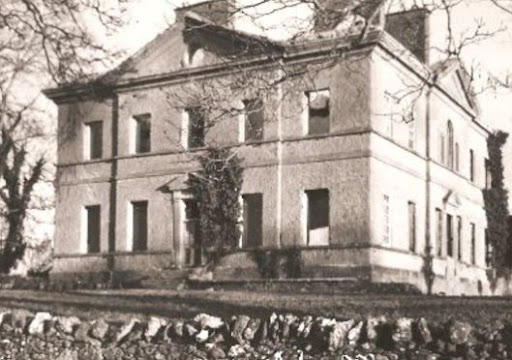
There is of course one of the Bell children we are particularly interested in: ‘strikingly pretty’ Mary Anna, for in 1864 she became the second wife of the man she had been brought up alongside, Arthur Bell Nicholls. Charlotte had clearly been charmed by Mary, and it seems that the attraction was mutual.
It may well be that the marriage of Arthur and Mary Anna was one of convenience, allowing them to run their Banagher farm together and to provide companionship to each other into their old age (longevity was a trait of the Bells; Arthur survived into the 20th century, dying in 1906 aged 87, Mary Anna died aged 85 in 1915, and matriarch of the family Harriette lived to be 102 years old). It must have been clear to Mary that Charlotte Brontë remained the true love of her husband, for their home at Hill House became almost a shrine to her. Mary showed no signs of jealousy, in fact she seemed proud of the Brontë connection, and she remembered Charlotte in glowing terms. Recalling their 1854 meeting Mary praised Charlotte’s ‘amiable and quiet manner’, and she was always prepared to sing the praises of Charlotte to anyone who visited Hill House.
Before we look at what the other Bells thought of Charlotte let’s take a gruesome but fascinating diversion: murder! This is one of three Brontë related murders I’ve come across over the years, and this one involved Alan Bell, nephew of Arthur and Mary Anna Bell Nicholls. In 1920 his death made headlines across Ireland and beyond.
On April 3rd 1920 the Weekly Telegraph, an Irish newspaper, carried the eye catching headline: ‘THE MURDER CAMPAIGN. MR ALAN BELL, R.M., SLAIN. AWFUL DUBLIN CRIME. DRAGGED FROM TRAIN AND SHOT. NEAR MASONIC GIRLS’ SCHOOL. OTHER PASSENGERS HELPLESS.’
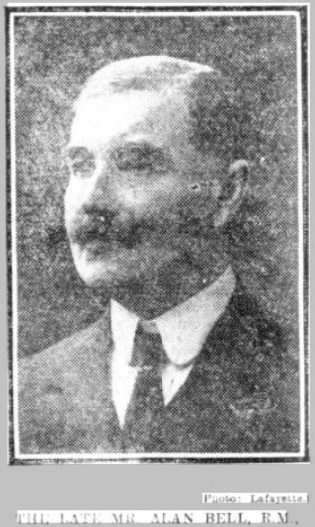
Alan Bell had fallen victim to the political instability in Ireland at the time as the country was in a bloody phase of its battle for independence from Britain. It was believed he had been assassinated by Sinn Fein agents, as this paragraph reports:
‘Mr. Alan Bell, the latest victim of probably the most brutal of the long series of murders charged against Sinn Fein, had a long and distinguished career as an officer of the crown, and his death doubtless is a sequel to his appointment to preside over the recent government inquiry into the alleged relationship between Sinn Fein and certain other banks. He was well known and popular in the North of Ireland, where he served for a considerable period as R.M. for the Portadown district. During that time he became a familiar and respected figure on the Belfast bench, over which he frequently presided in the absence of one or the other resident magistrates.’
As well as being a magistrate, Alan Bell had also served for nearly 20 years in the Royal Irish Constabulary, becoming their District Inspector, and it was his reputation for excellence that led to his appointment as head of an investigation into the financial practices of Sinn Fein – an appointment that cost him his life.
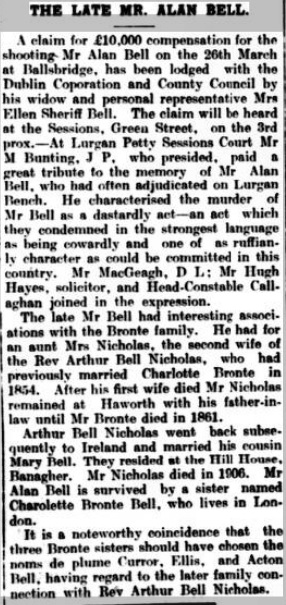
The subsequent inquest established that Alan Bell had been on a tram which had reached the Sandymount Road stop near Dublin. A group of twelve masked men appeared and lifted the tram off of the overhead wire, rendering it immobile. Two men rushed upstairs, tapped their victim, who was reading a newspaper, on the shoulder and said, ‘Come on, Mr Bell, your time has come.’ He was dragged down the stairs, shot three times and left for dead. A tragic end indeed for one of the Bells of Banagher, but another indicator of the importance the family held.
Back to happier memories, thanks to two recollections of Charlotte by other descendants of Dr. Rev Bell and Harriette. They are quite revelatory in parts, and we’ll start with a letter printed in the Yorkshire Post on 30th June 1854, headlined: ‘Charlotte Brontë’s husband, By Marjorie Gallop, great-niece of the Rev A.B. Nicholls’. The article is shown below, but I will reproduce some of the more interesting sections:
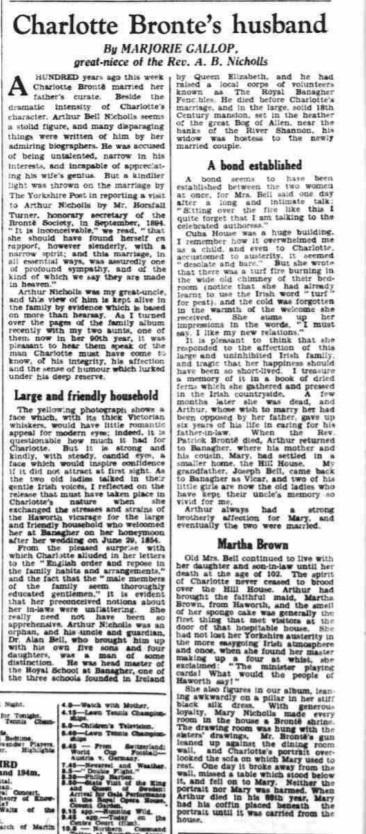
‘Arthur Nicholls was my great-uncle, and this [positive] view of him is kept alive in the family by evidence which is based on more than hearsay. As I turned over the pages of the family album recently with my two aunts, one of them now in her 90th year, it was pleasant to hear them speak of the man Charlotte must have come to know, of his integrity, his affection and the sense of humour which lurked under his deep reserve…
It is pleasant to think that she [Charlotte Brontë] responded to the affection of this large and uninhibited Irish family, and tragic that her happiness should have been so short-lived. I treasure a memory of it in a book of dried ferns which she gathered and pressed in the Irish countryside. A few months later she was dead, and Arthur, whose wish to marry her had been opposed by her father, gave up six years of his life in caring for his father-in-law. When the Rev. Patrick Brontë died, Arthur returned to Banagher, where his mother [meaning Harriette Bell] and cousin, Mary, had settled in a smaller home, the Hill House. My grandfather, Joseph Bell, came back to Banagher as vicar, and two of his little girls are now the old ladies who have kept their uncle’s memory so vivid for me. Arthur always had a strong brotherly affection for Mary, and eventually the two were married.
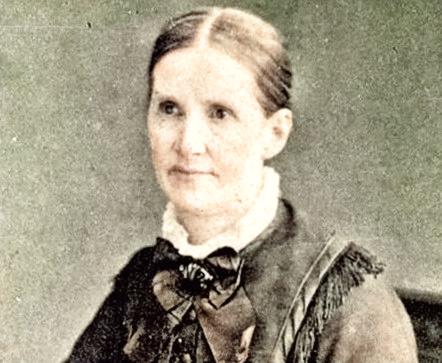
Old Mrs. Bell continued to live with her daughter and son-in-law until her death at the age of 102. The spirit of Charlotte never ceased to brood over the Hill House. Arthur had brought the faithful maid, Martha Brown, from Haworth, and the smell of her sponge cake was generally the first thing that met visitors at the door of that hospitable house. She had not lost her Yorkshire austerity in the more easygoing Irish atmosphere and once, when she found her master making up a four at whist, she exclaimed: ‘The minister playing cards! What would the people of Haworth say!”
She also figures in our album [if only we still had this picture], leaning awkwardly on a pillar in her stiff black dress. With generous loyalty, Mary Nicholls made every room in the house a Brontë shrine. The drawing room was hung with the sisters’ drawings, Mr. Brontë’s gun leaned up against the dining room wall, and Charlotte’s portrait overlooked the sofa on which Mary used to rest. One day it broke away from the wall, missed a table which stood below it, and fell on to Mary. Neither the portrait nor Mary was harmed. When Arthur died, Mary had his coffin placed beneath the portrait until it was carried from the house.’
Mary Anna’s love for Charlotte is clear, and I don’t think we can blame Charlotte’s spirit for causing her portrait to jump off the wall and hit her widow’s second wife on the head.
Just two months later, the 90 year old referred to in Marjorie’s letter had her own say, in a report of 1st August 1955 featured in the Irish Times: ‘HUSBAND OF THE ARTIST, Reminiscences of a relation of Arthur Bell Nicholls.’ Once again here is the article, and I’ll reproduce some parts of this fascinating article below:
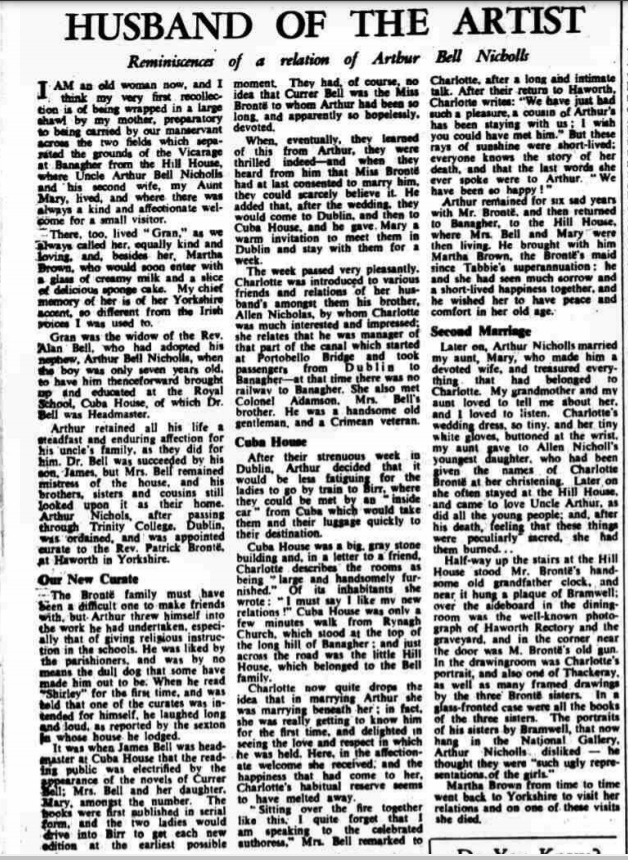
‘I am an old woman now, and I think my very first recollection is of being wrapped in a large shawl by my mother, preparatory to being carried by our manservant across the two fields which separated the grounds of the vicarage at Banagher from the Hill House, where Uncle Arthur Bell Nicholls and his second wife, my Aunt Mary, lived, and where there was always a kind and warm welcome for a small visitor.
There, too, lived “Gran”, as we always called her, equally kind and loving, and, besides her, Martha Brown, who would soon enter with a glass of creamy milk and a slice of delicious sponge cake. My chief memory of her is of her Yorkshire accent, so different from the Irish voices I was used to…
It was when James Bell was headmaster at Cuba House that the reading public was electrified by the novels of Currer Bell; Mrs. Bell and her daughter, Mary, among the number. The books were first published [in Ireland] in serial form, and the two ladies would drive into Birr to get each new edition at the earliest possible moment. They had, of course, no idea that Currer Bell was the Miss Brontë whom Arthur had been so long, and apparently so hopelessly, devoted.
When, eventually, they learned of this from Arthur, they were thrilled indeed – and when they heard from him that Miss Brontë had at last consented to marry him, they could scarcely believe it. He added that, after the wedding, they would come to Dublin, and he gave Mary a warm invitation to meet them in Dublin and stay with them for a week…
But these rays of sunshine were short-lived; everyone knows the story of her death, and that the last words she ever spoke were to Arthur, “We have been so happy!”
Arthur remained for six sad years with Mr. Brontë, and then returned to Banagher, to the Hill House, where Mrs. Bell and Mary were then living. He brought with him Martha Brown, the Brontë’s maid since Tabby’s superannuation; he and she had seen much sorrow and a short-lived happiness together, and he wished her to have peace and comfort in her old age.
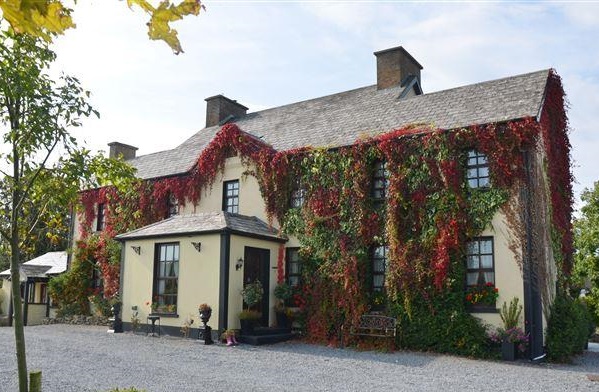
Later on, Arthur Nicholls married my aunt, Mary, who made him a devoted wife, and treasured everything that had belonged to Charlotte. My grandmother and my aunt loved to tell me about her, and I loved to listen. Charlotte’s wedding dress, so tiny, and her tiny white gloves, buttoned at the wrist, my aunt gave to Allen Nicholls’ [Arthur’s brother] youngest daughter, who had been given the names of Charlotte Brontë at her christening. Later on she often stayed at the Hill House, and came to love Uncle Arthur, as did all the young people; and, after his death, feeling that these things were peculiarly sacred, she had them burned.
Half way up the stairs at the Hill House stood Mr. Brontë’s handsome old grandfather clock, and near it hung a plaque of Branwell; over the sideboard in the dining-room was the well-known photograph of Haworth Rectory and the graveyard, and in the corner near the door was Mr. Brontë’s old gun. In the drawing room was Charlotte’s portrait, and also one of Thackeray, as well as many framed drawings of the three Brontë sisters. In a glass-fronted case were all the books of the three sisters. The portraits of his sisters by Branwell, that now hang in the National Gallery, Arthur Nicholls disliked – he thought they were “such ugly representations of the girls.”
Martha Brown from time to time went back to Yorkshire to visit her relations and on one of these visits she died.’
We learn so much from these articles; Arthur didn’t fold Branwell’s pillar portrait up and keep it on top of his wardrobe because he disliked Branwell, but because he disliked the painting; Martha Brown didn’t simply make fleeting visits to Arthur in Ireland, she lived with him and his wife there for the rest of her life, making fleeting visits to Yorkshire; above all we learn of the love that Arthur always held for Charlotte Brontë, and which was shared by his second wife too. Arthur and Mary Anna were in effect a devoted brother and sister who married to please the conventions of the time, but his true love was always Charlotte.
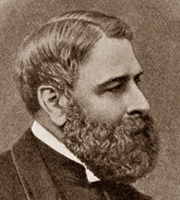
I hope you enjoyed this delve into the Bell family as much as I have, and I’ll see you again next week for another new Brontë blog post.
